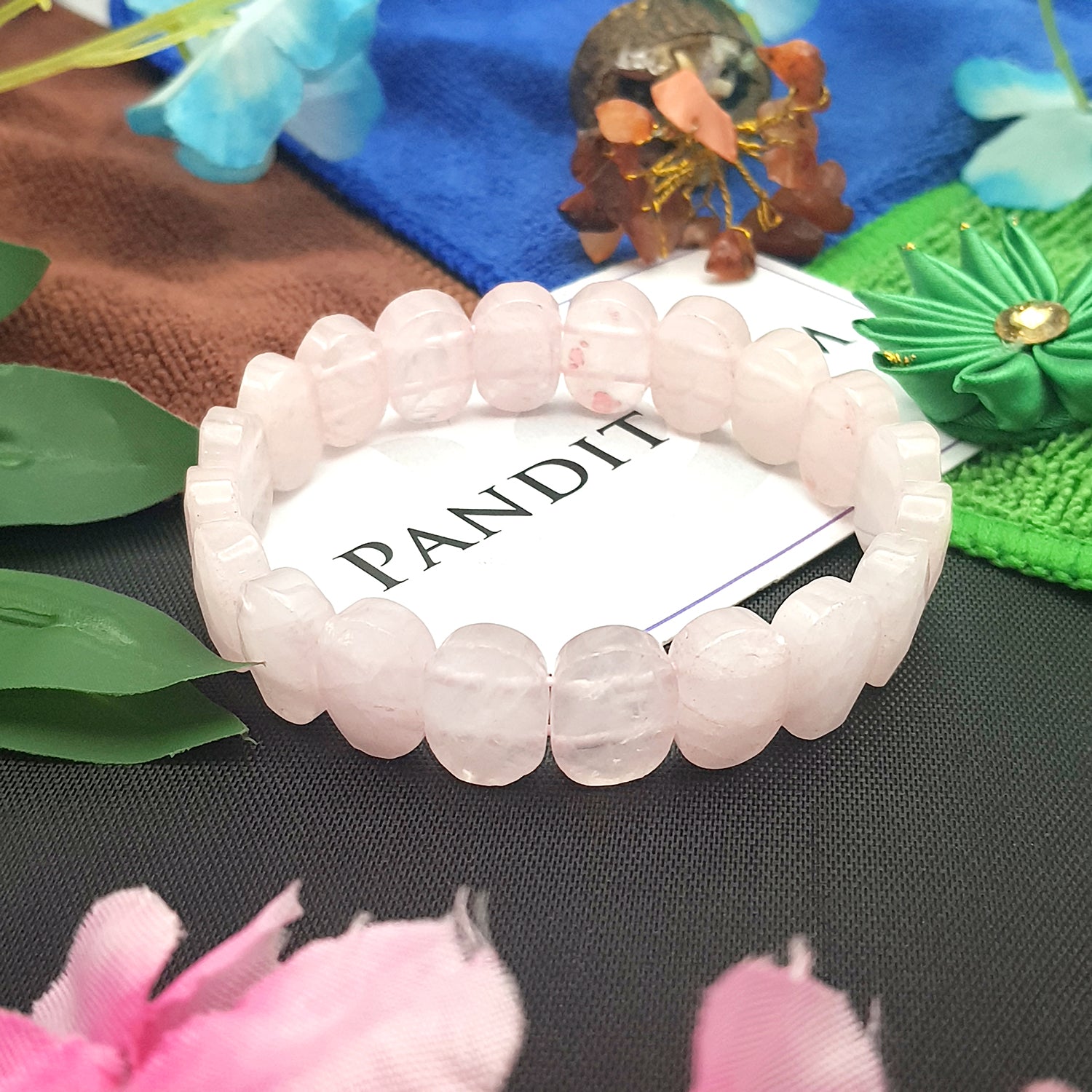Spanning from mid July to mid August, Sawan is a sacred period which is dedicated to Lord Shiva (who is also known as अभिराम, अचिंत्य, अद्युध, अगस्त्य, अकुल, अनंत, अनिरुद्ध, अरहंत). As per the calendar, Sawan is normally the fifth month in the Hindu datebook.
But have you ever wondered why this month is called Shravan? It is believed that during this month, on a full moon day (पूर्णिमा), the Shravan Nakshatra rules the skies. Each Monday of this particular month is celebrated as Shravan Somvar across all mandirs. The Dharanatra hangs over the Shiva linga in the mandirs and is bathed with holy water or milk throughout the day.
According to the Puranas, another powerful episode during this month is the Samudra Manthan (the churning of the milky ocean). During the churning, 14 different rubies emerged from the ocean. Thirteen were divided among the devas and the asuras, but the fourteenth, Halahaal, was left untouched because it was the deadliest poison. That one ruby alone was capable of destroying the entire universe and all living beings.
In order to save the world, Lord Shiva drank the Halahaal and stored the poison in his throat. As a result, his throat turned blue, earning him the name Neelkantha. The effect of the poison was so powerful that Lord Shiva wore a crescent on his head and the devas began offering the holy Gangajal to reduce its influence. As both events took place during Shravan Maas, it is now considered sacred to offer Gangajal to the Shivling during this period.
Cultural and Religious Significance

This holy time of the year is known to signify several cultural as well as religious aspects. Additionally, many festivals are celebrated all over Hinduism to showcase the importance of their powerful and divine deity- Lord Shiva. Let us take an insight into the sacred values of each of these aspects.
Sawan is deeply rooted into the cultural fabric of Hinduism and is celebrated all over the world with great devotion and love. Basically it marks the onset of monsoon, giving relief from the scorching heat and refreshing the earth with life- giving rains. The cultural significance lies in the way people celebrate the change of seasons, signifying the cycle of nature.
Religiously, these two months revolve around the divine presence of Lord Shiva. In recognition of the auspicious occasion of Samudra Manthan, people often keep fasts and perform special prayers and chant mantras such as “ॐ नमः शिवाय” to express their faith and seek blessings.
As the Sawan season approaches, the various festivals enhance the religious importance. Raksha Bandhan, which is celebrated on a full moon day of Sawan, is known to strengthen the bonds between brothers and sisters. Sisters often tie a thread around the sibling’s wrist as a mark of respect for the brothers to protect and support them throughout their life. On the fifth day of the bright half of the lunar month Sawan, Nag Panchami is celebrated. It is dedicated to worshipping snakes as they are considered to be sacred as per Hindu mythology.
Another prominent festival is Janamasthami, which is the birth of Lord Krishna (son of Vasudeva and Devaki). It is celebrated on the eighth day of the dark fortnight (Krishna Paksha) in the Shravana Masa. Huge celebrations take place at the Krishna mandirs to praise the divine by singing bhajans, keeping fasts and re- enacting scenes from his life.
Importance of Wearing Rudraksha in Shravan Maas

Another notable practice during this time is wearing Rudraksha beads which is often associated with Lord Shiva and is believed to have divine healing properties. Individuals can wear the energised 5 Faced Rudraksha – Nepal to experience spirituality, peace, clarity and bodily healing. These beads are often worn on Mondays’ (Shrawan Somwar), as they are particularly strong due to the heightened spiritual energy of the month. People also keep Lord Shiva Rudraksha Shivling in their mandirs for home to remove negative energies and bring physical balance in their surroundings.
Rituals to Follow During the Month of Sawan

There are a certain number of rituals that are known to be effective during the auspicious time of Sawan. Young women who are looking for good husbands are often recommended to keep fasts on Shravan Somvars (Monday’s). Performing regular aarti while chanting the shiva chalisa and the Mahamrityunjay mantra helps build spiritual connection and bring mental peace. Individuals, regardless of their age, can wear Rudraksha in the form of malas or bracelets for more effective results. Offering milk and gangajal to Shiva during the Shravana month leads one to earn a lot of good deeds (पुण्य).
Conclusively, the month of Sawan is filled with soulful and powerful energies of the divine Lord Shiva. In contrast, this auspicious time of the year brings not only individuals together, but also communities to celebrate a spiritual connection. It is therefore a custom that has been carried on from decades to reinforce the timeless traditions as well as the values of Hindu culture.
























